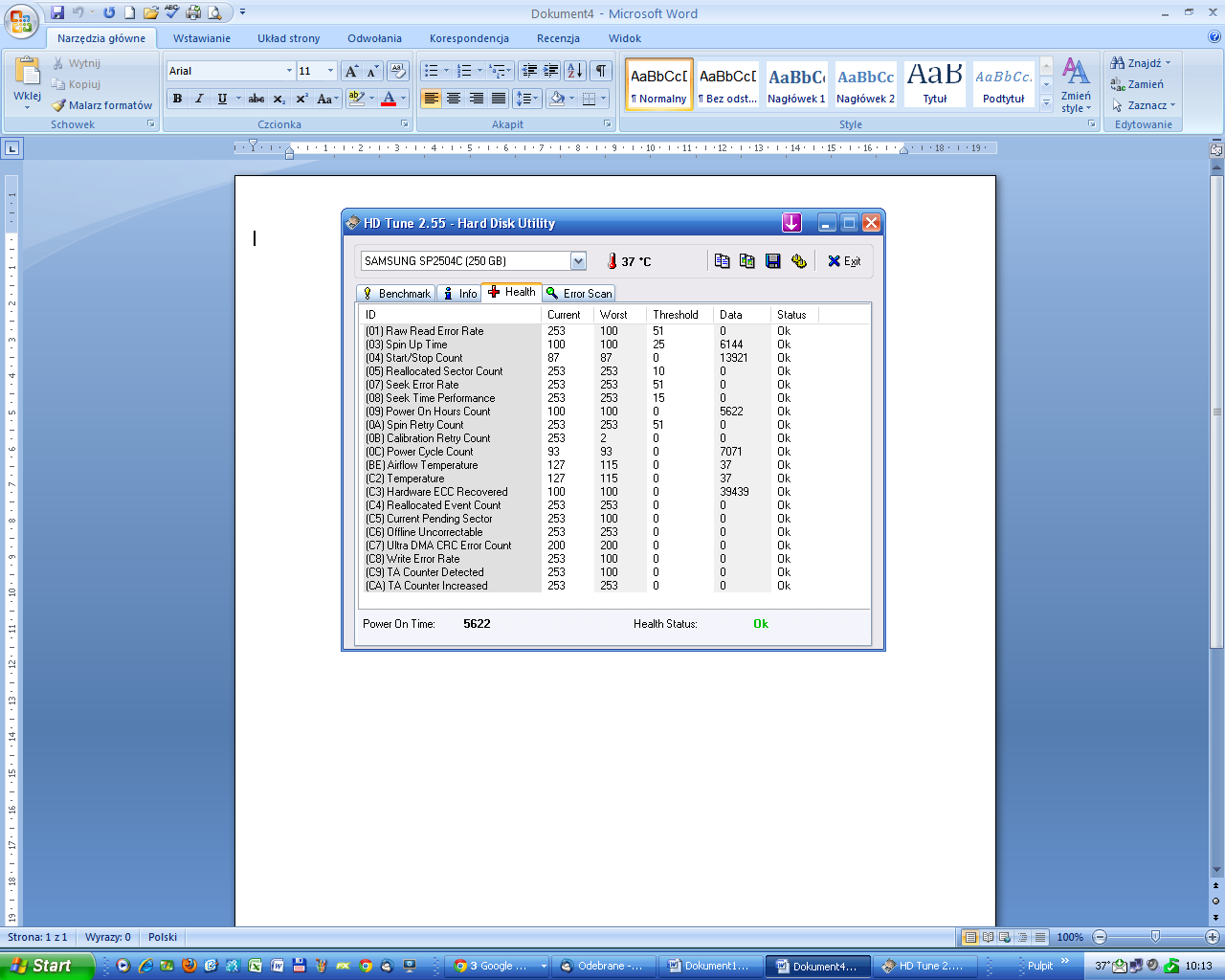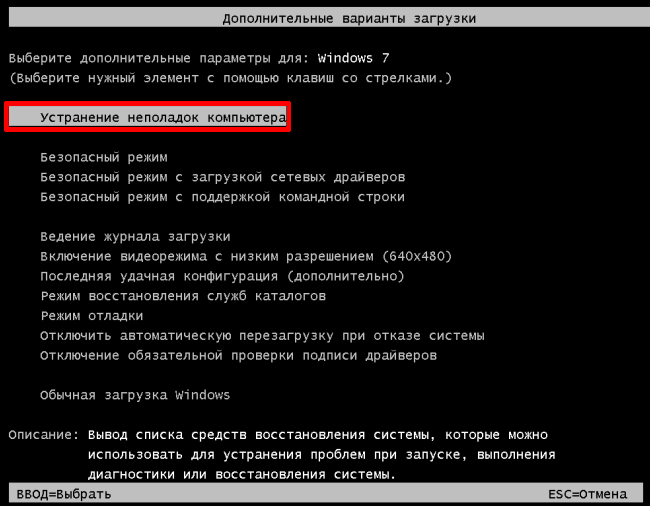


efiīy the way I still haven't managed to get my audio working on Windows 10 (my audio device is missing from Device Manager), but now I have a weird problem as I also have no audio on Windows 7 when I boot through the Windows Boot Manager (I tried both the Windows 10 GUI and the classical Windows 7 boot manager using bcdboot %windir% to switch between them), while my audio works fine when I override the boot to my main disk where I have Windows 7, thus skipping the boot manager.

What it did was basically restarting my system completely twice and then got back to the boot manager screen.Īfter that I ran bcdboot F:\windows (where F is my Windows 7 drive letter as seen from Windows 10) on Windows 10 and this created a working boot option for Windows 7 that looks like this from EasyBCD:īootloader Path: \windows\system32\winload. This made the Windows 10 Boot Manager GUI show up, but the "Microsoft Windows 7" option didn't work (also it had a generic icon, not the one with number 7). I will give EasyBCD a shot and let you know, thanks.įirst I tried the "Add New Entry" option that gave me this:īCD ID: īootloader Path: \Windows\system32\winload. Yes exactly, I let Windows 10 create its own partitions. You can also use EasyBCD to do it, or Macrium Reflect Free (at least with the rescue disc version).First of all, thanks for your quick reply.

There is a bcdedit command (I think) that will add the Windows 7 entry to the new BCD store, but will have to wait until at home to figure out what it is. If you had created an empty, NTFS formatted partition on the SSD first - and point Windows 10 to the already created partition, then it would have picked up on the Windows 7 boot files and just added the Windows 10 entry to those instead of creating new boot files. You will just have to add the entry for Windows 7 to the new BCD store created on the SSD when you did the clean install of Windows 10. You probably installed Windows 10 to the unallocated space on the SSD and let it create it's own partitions? When you do that, Windows 10 also creates it's own completely separate boot partition and boot files.


 0 kommentar(er)
0 kommentar(er)
